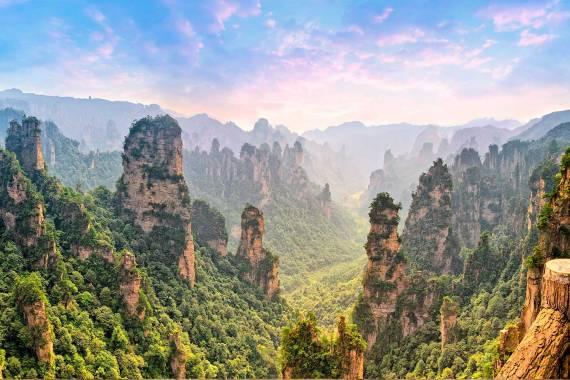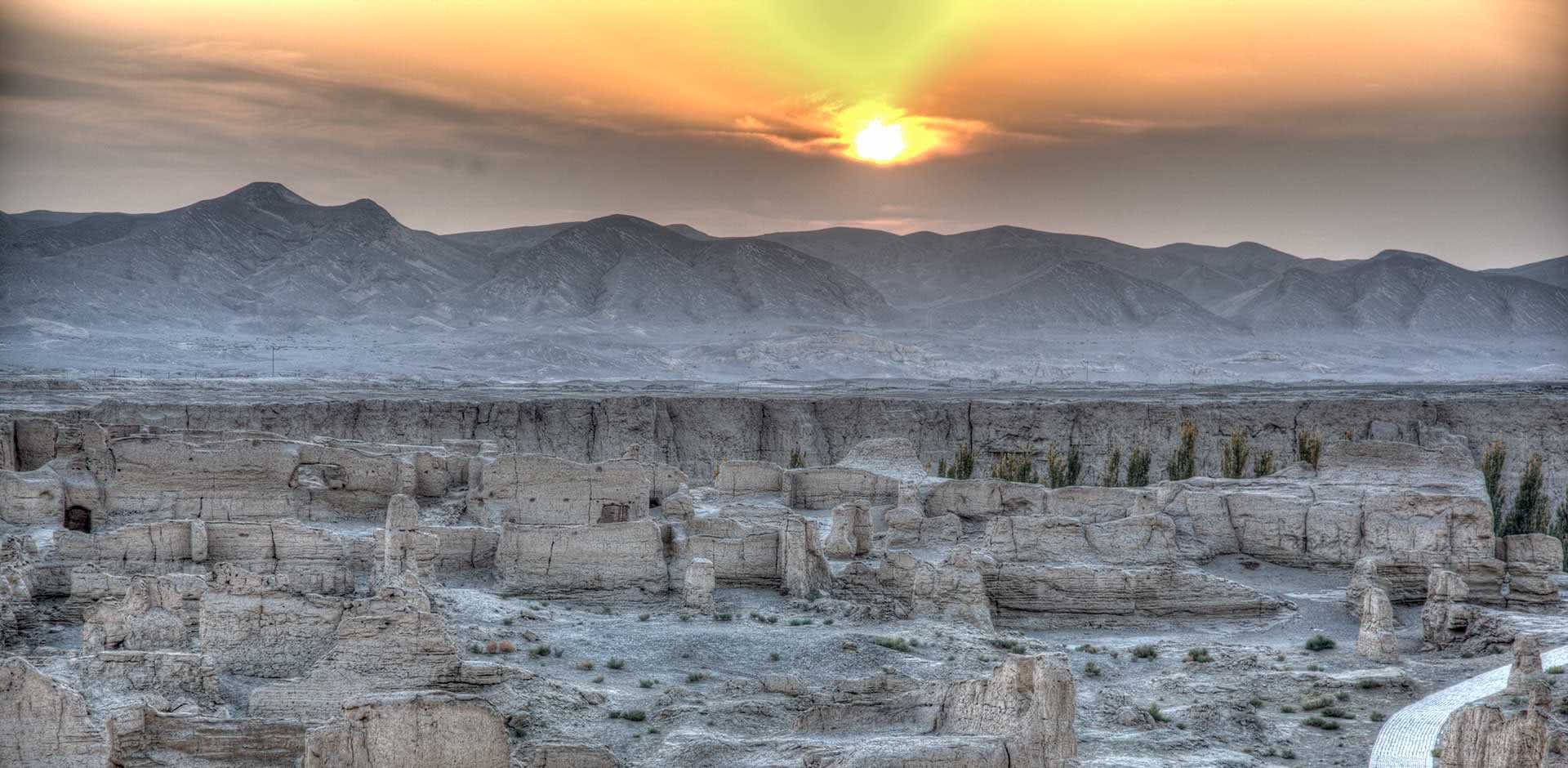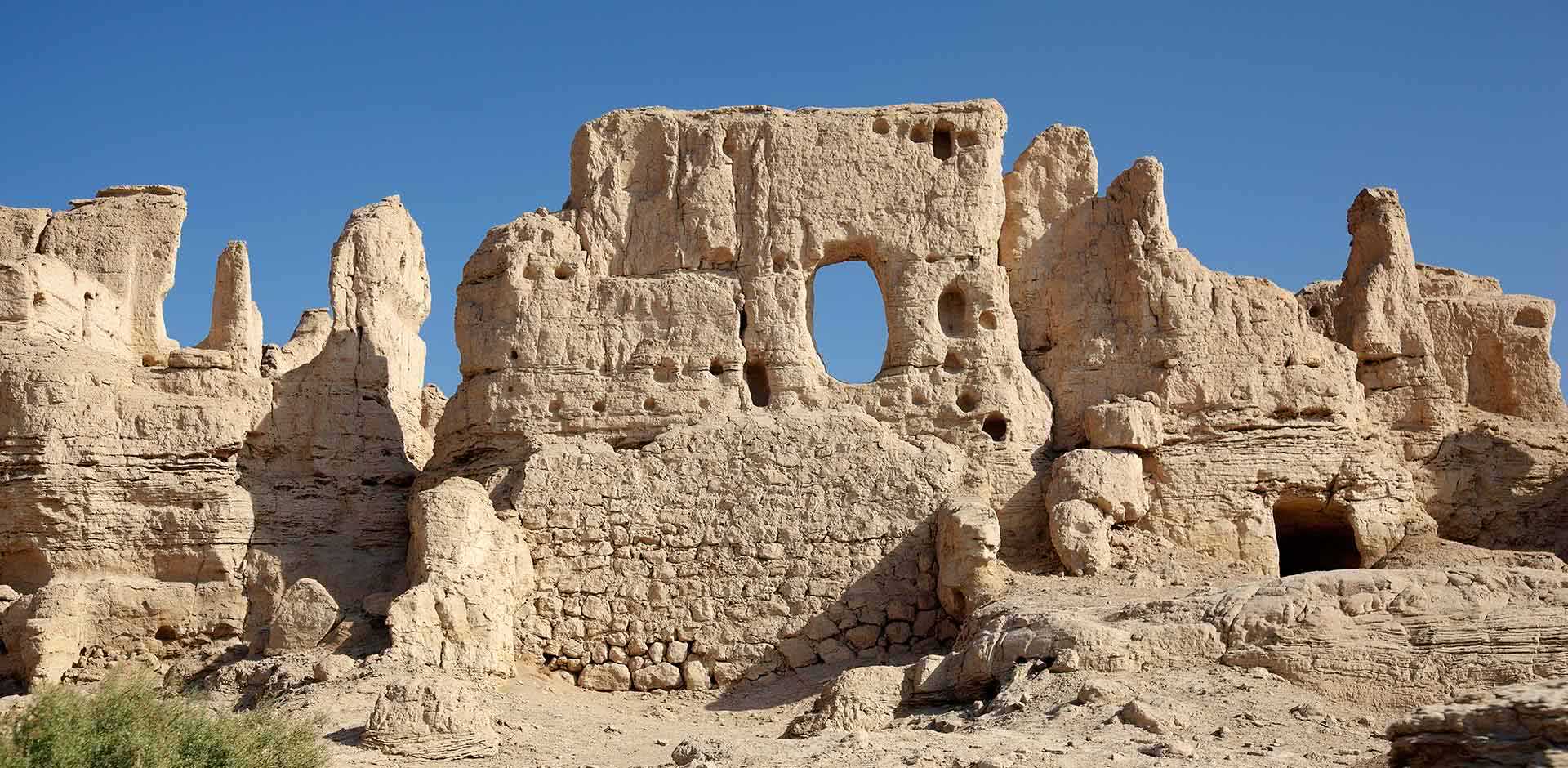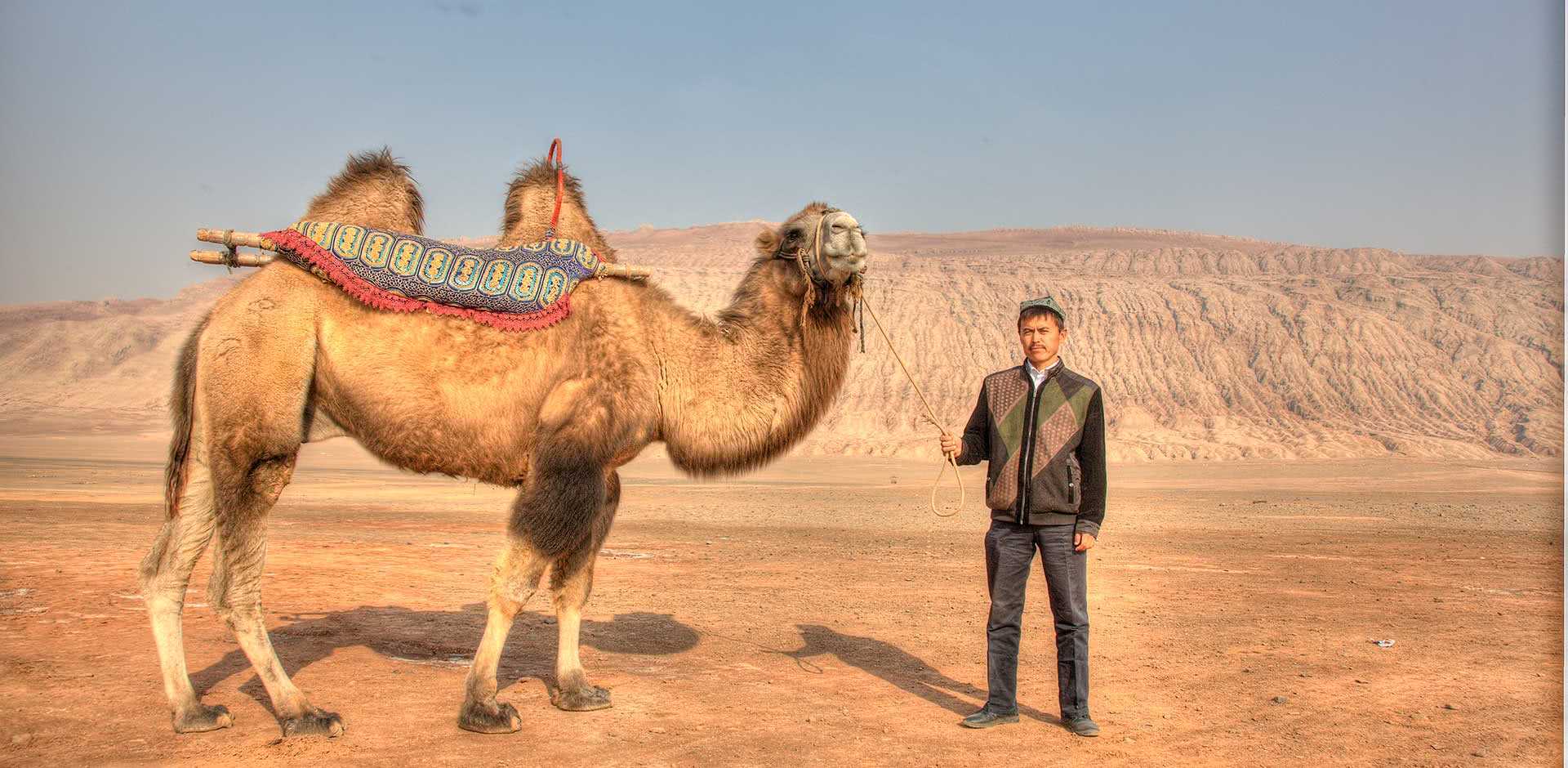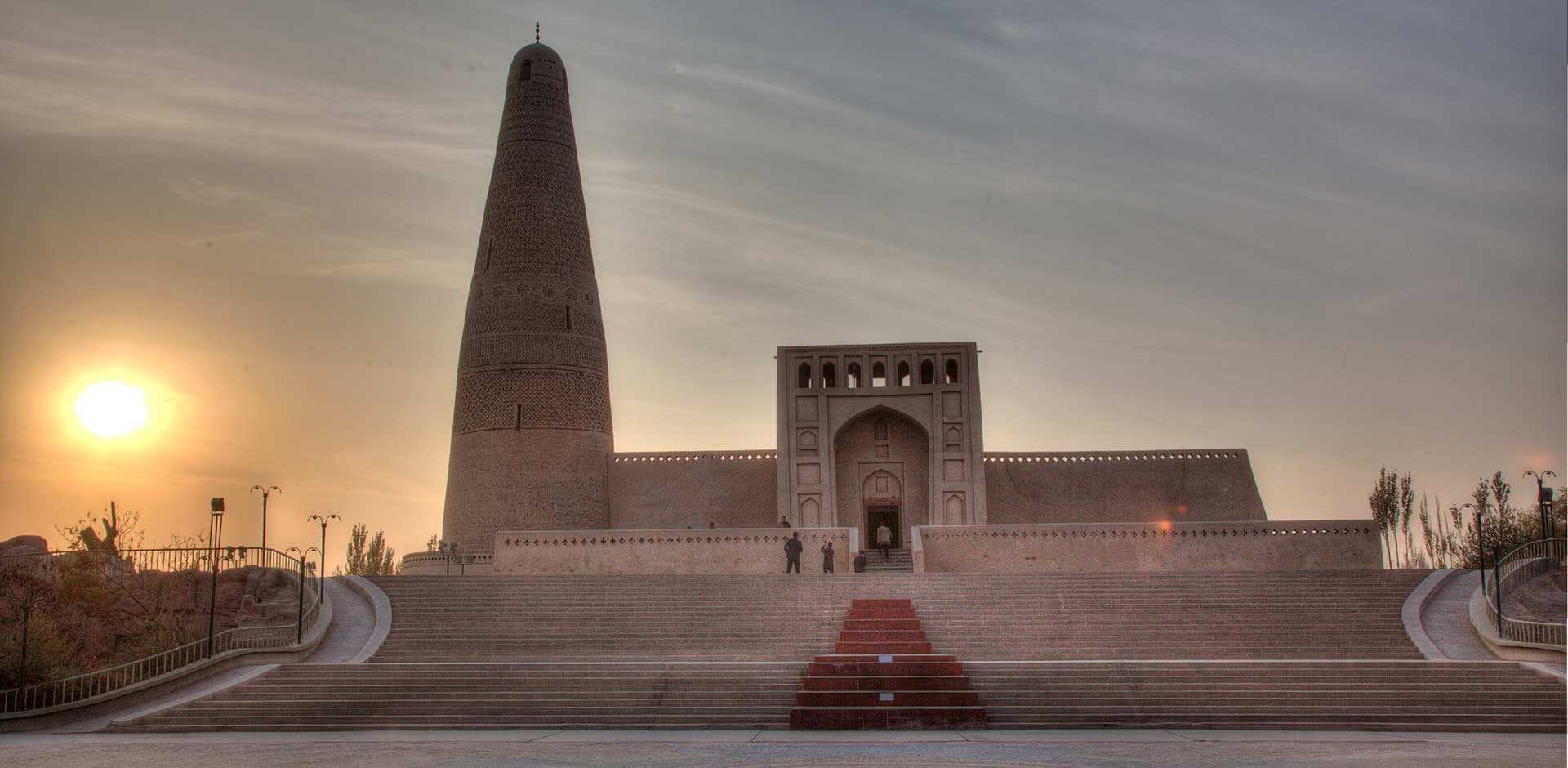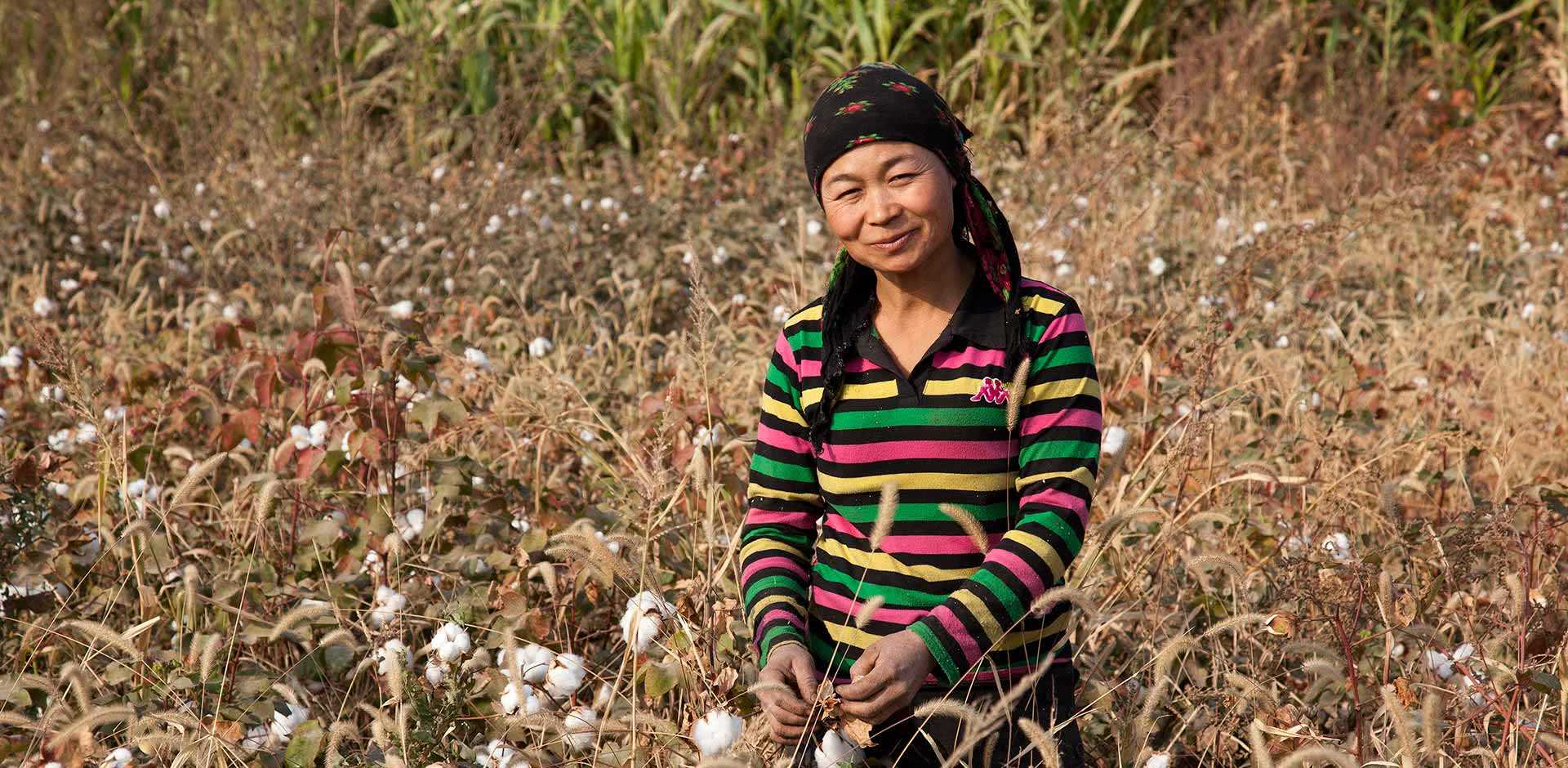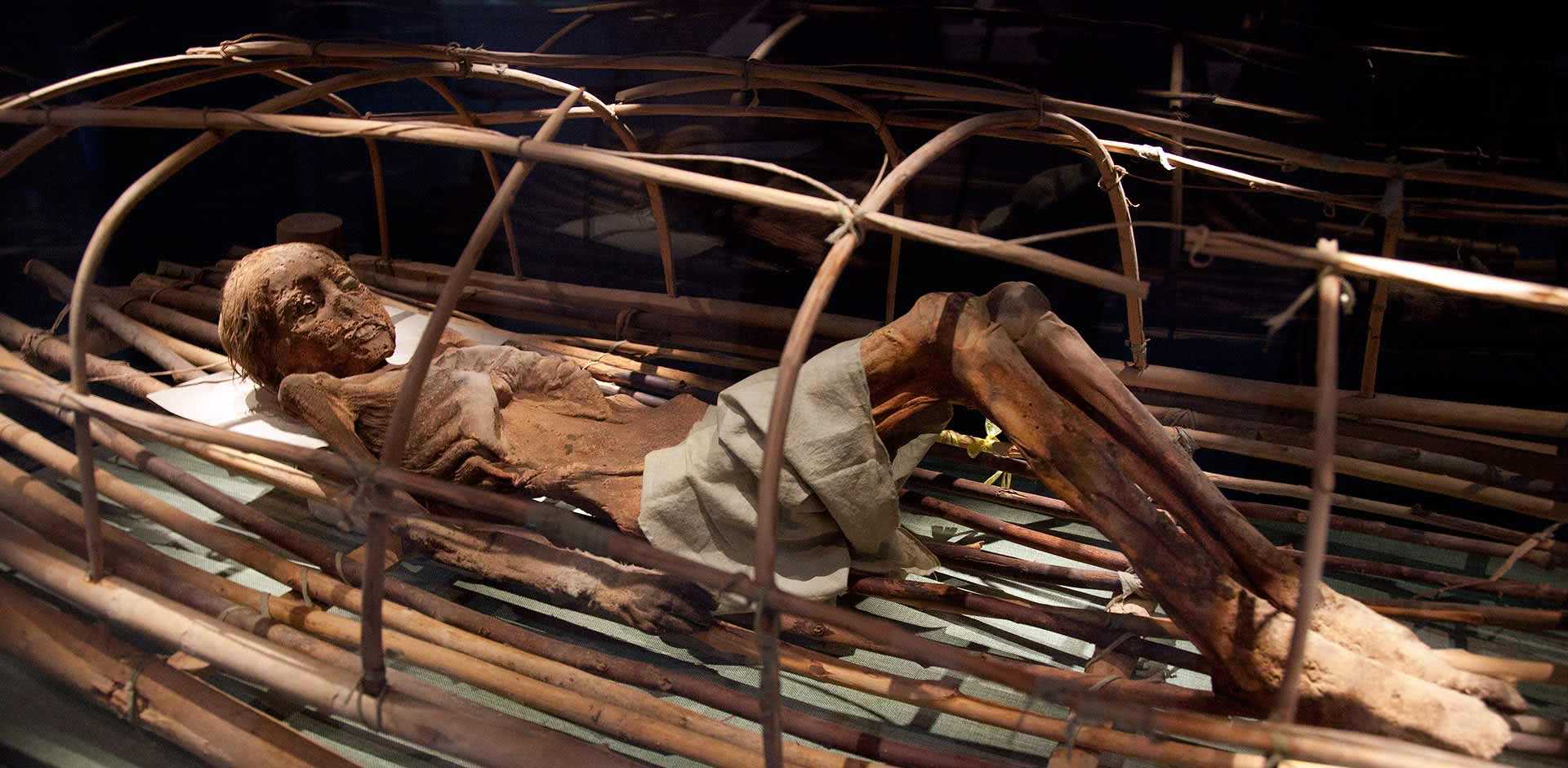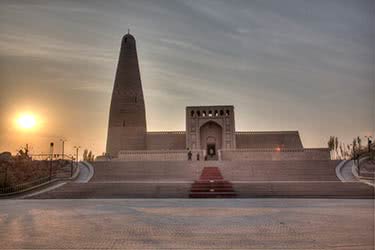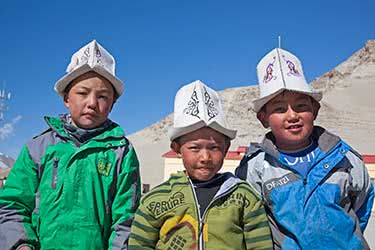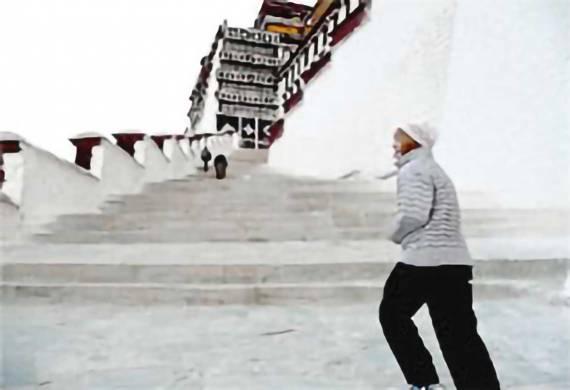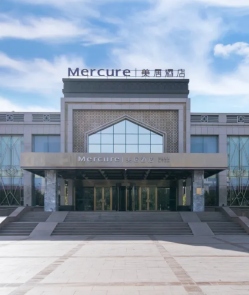
Turpan
Experiences
A handpicked selection of experiences endorsed by our experts. If you can’t see what you’re looking for, let us know, as our extensive network of local contacts can open many doors.
Astana Tombs
The Astana Tombs allow visitors a peak into the ancient burial places of locals who inhabited the area. Guided by a caretaker, it’s possible to descend into the depths of the tombs to explore – though unfortunately many of the corpses have been moved to the Turpan Museum.
Buddha Cave at Shengjinkou
North of Turpan County lies a 7th-century Buddhist temple site. Mud-brick caves swathed in murals depict lotus blossoms, symbols of royalty, trees laden with grapes, rows of willow trees and Buddhist portraits. Many of the paintings are accompanied by Uyghur annotations. Buddhist scriptures written in Sanskrit and Han, along with coins from the Tang Dynasty were recovered at this site. A history buff’s dream!
Buddha Caves at Bozkrik
Northeast of Turpan are a series of breathtaking grottoes. Built during the late Northern and Southern Dynasties, between 420 and 581, fifty-seven grottos known for their brightly colored murals that cover their stone-walls. The murals tell Buddhist legends and reflect the close relationship between Mongolian, Uyghur and Han ethnic groups. Evidence of western Chinese influence is also present in the artistic style of the murals.
Chateau Tuoling/Vineyard tours
Many aren’t aware that Turpan has a surprisingly vibrant wine culture, due to the area’s hot, dry climate allowing for hundreds grape varieties to thrive. Chateau Tuoling is one such vineyard offering wine tours and tastings – but be sure to visit during the summer season, when the trees are not covered by snow, if such a tour is of interest.
Flaming Mountains
Just east of Turpan, the Flaming Mountains stand tall, spanning more than six miles from east to west. Towering, reddish-brown sandstone faces when illuminated by the sun, the mountains appear to be bursting into flames. The coloration of the mountains morphs with changes to solar radiation and ambient temperature; giving the impression that the mountains are living, changing masses.
Gaochang City Ruins
At the foot of the Flaming Mountains is the ancient ruins of Gaochang City, scattered over a massive expanse of land. Thanks to the preservation of most of the ancient city’s dividing walls it is evident the site is divided into three parts; inner city, outer city and imperial palace. Visitors can view the crumbling remains of houses, earth pagodas and a network of streets. This once great city in a state of constant deterioration is a fascinating testament to man’s ingenuity throughout the ages as well as his beautifully tragic impermanence.
Jiaohe Ruins
The ancient city of Jiaohe was once the capital of the Jushi Kingdom. The city was built in 2 B.C., and its ruins, worn down by time and tear, remain standing today, waiting to be explored by visiting travelers who are welcome to step inside some of the homes and see how these people lived so long ago.
Karez Irrigation System
A visit to the Karez Irrigation System usually entails a trip down into the ancient Karez well, where inquiring minds can discover how the water system worked in ancient times, being brought from as far as the neighboring mountains to the desert area.
Prefect Sulaiman Minaret
Built between 1736-1795, Sulaiman Minaret (also known as Emin Minaret) is a fascinating feat of ancient architecture. The sleek, round minaret is nearly 150-feet-tall. Built of yellow brick, the structure is adorned with an intricate floral pattern. The exquisitely formed minaret with its domed top is of the most famous examples of Muslim architecture in the region.
Turpan Museum
A truly world-class facility, Turpan museum brings to light the city’s important role as a crucial stop along the ancient Silk Road. Visitors will find millennia-old corpses, well-preserved by the dry climate, along with artefacts from the various ethnic groups who lived and passed through the area.
China Regions
Explore in-depth information, experiences and highlights by navigating to specific regions using the links below.
Northern
Southeastern
Central
Western & Silk Road
Southern
Yunnan
Turpan Itineraries
- Duration
- 6 days / 5 nights
- Price Per Person
- From $6,100
- Duration
- 12 days / 11 nights
- Price Per Person
- From $12,000

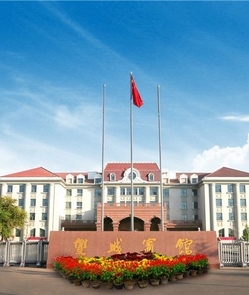
Turpan Shuangcheng Hotel
Located in the heart of Xinjiang, Turpan is known for its Uyghur heritage and dramatic, oasis-dotted desert landscapes. It is also home to such renowned natural destinations as the Flaming Mountains. Spacious rooms are fitted with comfortable living spaces and inviting beds. Modern amenities like televisions, computers, and Wi-Fi are available. Bathrooms are fitted with showers, and some even feature oversized bathtubs. The hotel's restaurant operates buffet style and serves a variety of Chinese and Western dishes. There is also a lobby bar that serves a selection of beverages.
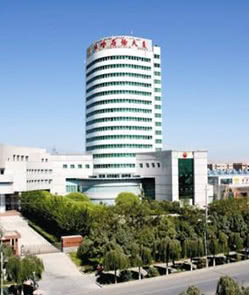
Tuha Petroleum
This new hotel is the best the Turpan area has to offer. Well-situated, the hotel is just two minutes from a bustling market and walking distance to other attractions, including a museum and traditional shops. The highlight of the hotel is its location at the commercial heart of Turpan, a vibrant little town with much to offer. Spacious, comfortable rooms, WiFi, air conditioning and facilities including a covered pool and spa, bowling alley, karaoke, billiard tables, and more, are available to guests. Buffet breakfast is provided in the mornings to help guests start their day off well, while Chinese and Western cuisine are served up on-site for lunch and dinner. An on-site bar and lounge provides an ideal spot for guests to meet up with friends and colleagues for drinks after a long day of travel.
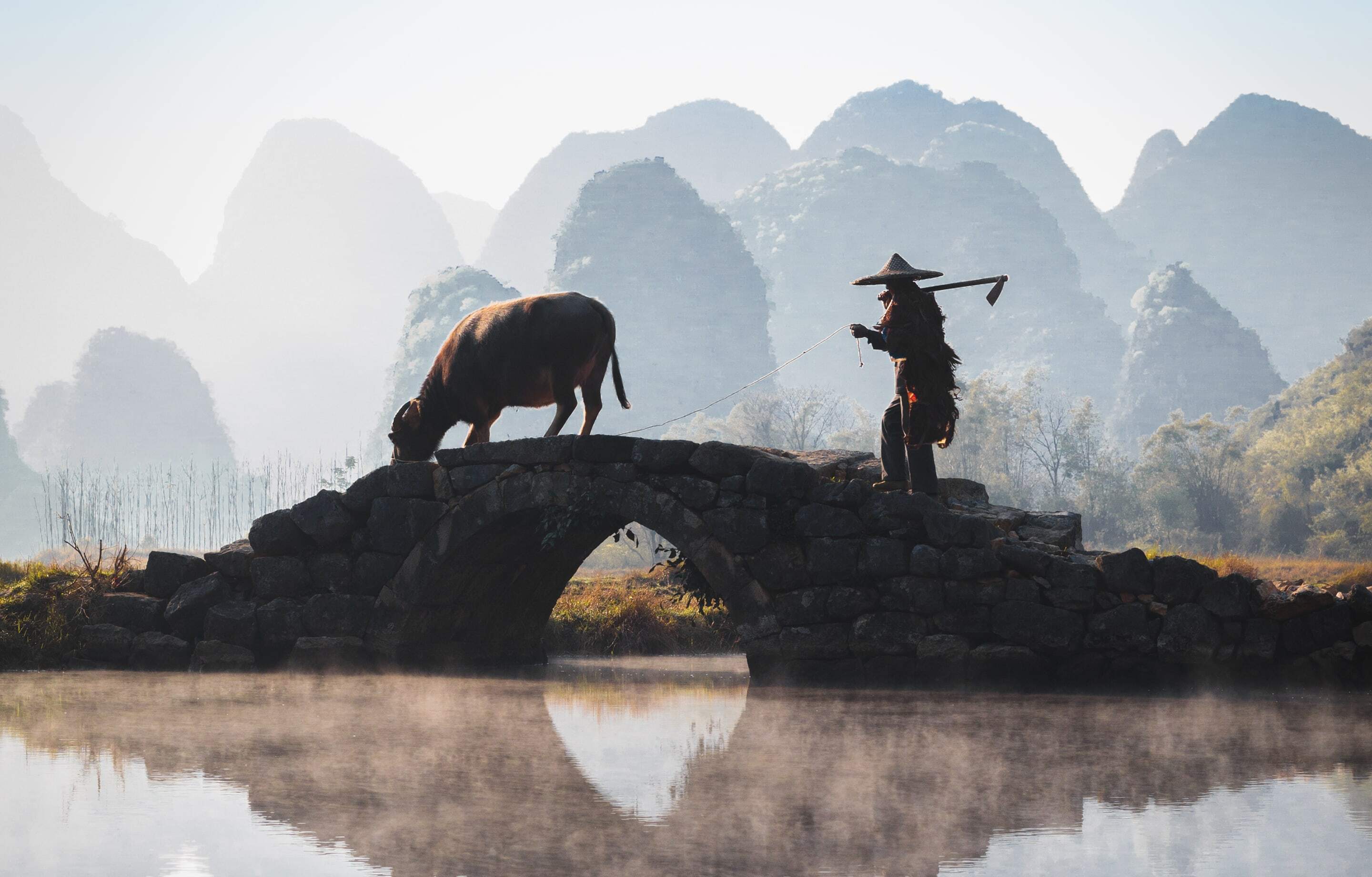
Exclusively Asia
With Remote Lands you'll travel with people who have made Asia the solitary focus of their own lifelong adventure. As our guest, you'll discover Asia on a journey that is completely, authentically your own, adapted from our own remarkable experiences and adventures over the years.
With Remote Lands you'll travel with people who have made Asia the solitary focus of their own lifelong adventure. As our guest, in the continent that our north American founders Catherine and Jay have adored and explored for decades, you'll discover Asia on a journey that is completely, authentically your own, adapted from our own remarkable experiences and adventures over the years.
Travelogues
An Asia-focused magazine brought to you by Remote Lands - a platform for adventure, luxury, and authenticity from experts and explorers around the continent.
What to Read in Beijing: 10 Books to Keep you Inspired in the Middle Kingdom’s Capital
- Author
- Jeremiah Jenne
Himalayas: Visit the Roof of the World after COVID
- Author
- Travelogues
Shanxi Journey: History and Temples in the Sky
- Author
- Travelogues
What Others Say
Here is a small selection of the kind words our clients have said about us recently.
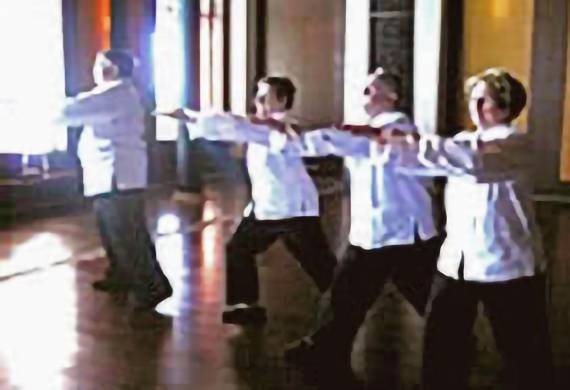
Two Couples from Dallas and Denver
Remote Lands planned our fifteen-day, four-city China Singapore trip perfectly! They knew the ins and outs of Asia's first ever night-time F1 street race - no small feat.
